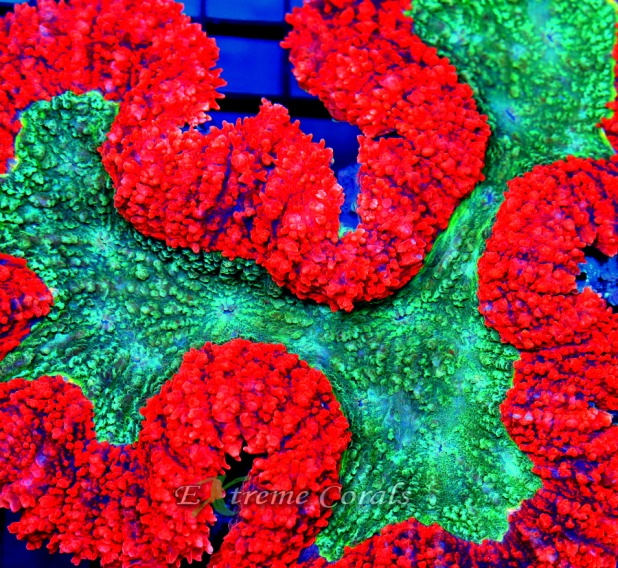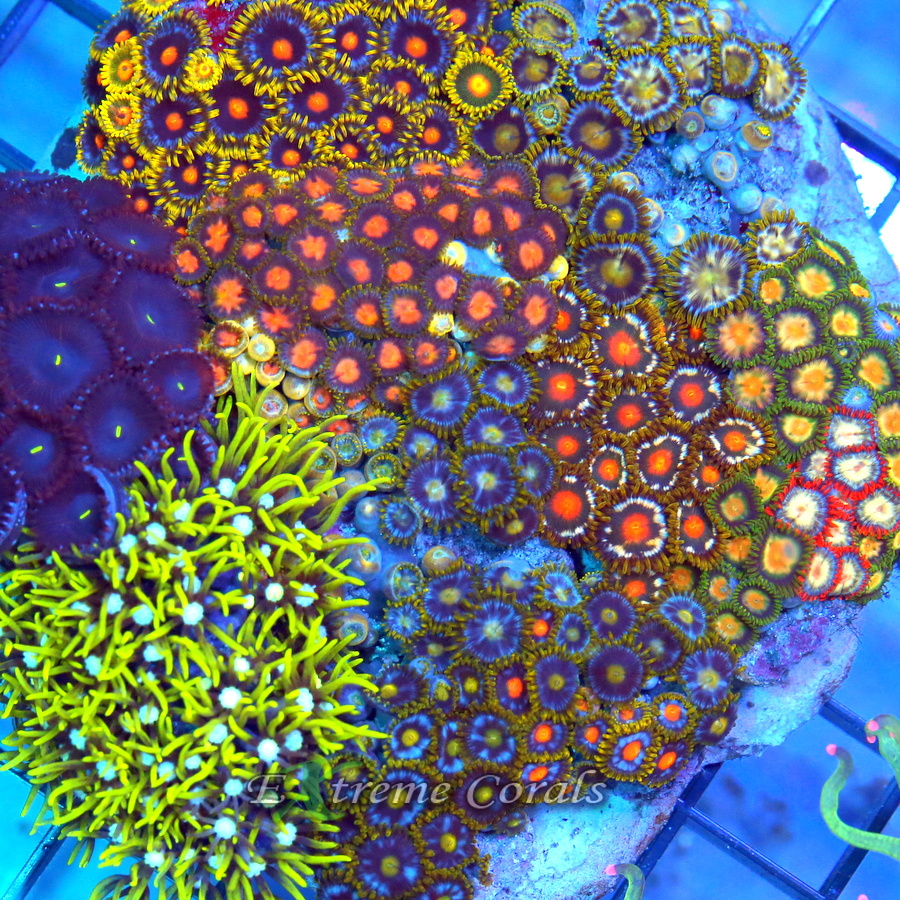Table of Contents
- Lobophyllia Corals
- Symphyllia Corals
- Lobophyllia Corals vs Symphyllia Corals
- Factors to consider while taking care of Lobophyllia & Symphyllia Corals
Reef aquariums are captivating ecosystems that allow aquarists to recreate the mesmerizing beauty of the underwater world within the confines of their homes. Among the diverse range of marine life that can be housed in a reef tank, corals take center stage. Lobophyllia and Symphyllia corals are two popular choices for reef enthusiasts, each boasting unique characteristics and care requirements. In this article, we will explore the differences between Lobophyllia and Symphyllia corals and provide essential care tips to ensure their well-being in your reef tank.
Lobophyllia Corals
Lobophyllia corals, commonly referred to as “Lobo” corals, are a genus of large polyp stony (LPS) corals that exhibit intricate and often vibrant coloration. These corals have a distinct appearance with large, fleshy polyps that extend during feeding and display a wide array of colors ranging from intense greens and blues to rich reds and oranges. Lobophyllia corals have a tendency to form deep, rounded or brain-like structures, creating a captivating visual effect in the aquarium.
Symphyllia Corals
Symphyllia corals, also known as “Lobed Brain” or “Closed Brain” corals, are another fascinating genus of LPS corals. These corals showcase a unique texture with convoluted, lobed polyps that can partially or fully encase the coral’s skeleton. Symphyllia corals typically exhibit more subdued coloration compared to Lobophyllia, with shades of brown, green, and occasionally, hints of purple. Despite their less intense color palette, Symphyllia corals make up for it with their intricate patterns and captivating growth forms.
Lobophyllia Corals vs Symphyllia Corals
| Lobophyllia Corals | Symphyllia Corals |
| Large, fleshy polyps with vibrant and varied coloration. Often have brain-like, rounded structures. | Convolute, lobed polyps that may partially or fully encase the coral’s skeleton, creating a unique textured appearance. |
| Exhibits intense and diverse colors, ranging from bright greens and blues to rich reds and oranges. | Typically displays more subdued colors, such as brown, green, and occasional hints of purple. |
| Forms deep, rounded, and brain-like structures. | Develops intricate patterns and lobed growth forms. |
Factors to consider while taking care of Lobophyllia & Symphyllia Corals
- Lighting
- Water Flow
- Water Parameters
- Feeding
- Placement
- Aggression
- Monitoring
To learn more about the factors in detail follow this link.
If you have found this guide helpful and are looking for Lobophyllia Corals or Symphylia Corals or any other coral or coral-related query you can visit us at Extreme Corals.
We are the best Online Corals Store in the USA.

